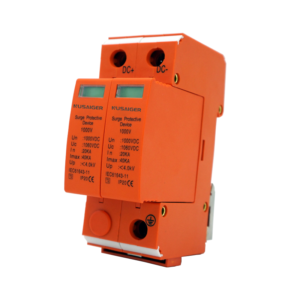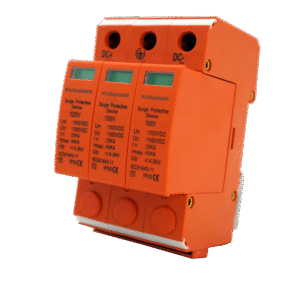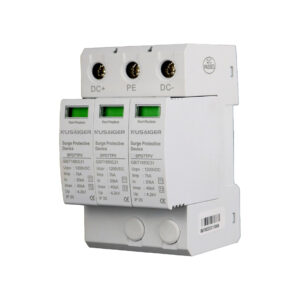Introduction
Selecting the right busbar goes beyond choosing a conductor material. Factors such as current load, short-circuit capacity, environment, insulation, and shape all influence the final choice.
Step 1: Determine Load and Safety Margin Calculate the peak current demand and add 25%–30% for future expansion. Use current density guidelines for copper (~1.2 A/mm²) or aluminum (~0.8 A/mm²).
Step 2: Choose Material
Copper for high-performance and compact designs
Aluminum for cost-sensitive, large-scale installations
Step 3: Assess Shape and Layout
Flat bars for switchboards
Hollow or tubular bars for lighter weight
Laminated busbars to reduce inductance in high-frequency environments
Step 4: Consider Environmental Conditions
High humidity or corrosive environments require coated or insulated busbars
Indoor vs. outdoor usage may dictate different materials and insulation types
Step 5: Evaluate Short-Circuit Withstand Capacity Ensure the busbar can handle fault currents without mechanical or thermal failure. Use simulation tools or consult manufacturer data.
Step 6: Regulatory Compliance Select products that comply with IEC 61439, UL 857, and other local standards.
Conclusion
Choosing the right busbar improves performance, minimizes maintenance, and future-proofs your electrical system. Always consult with qualified engineers for large or critical installations.



